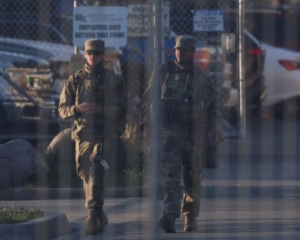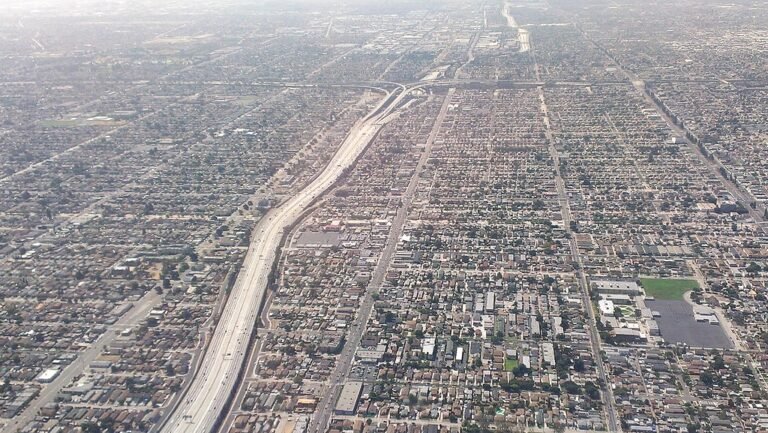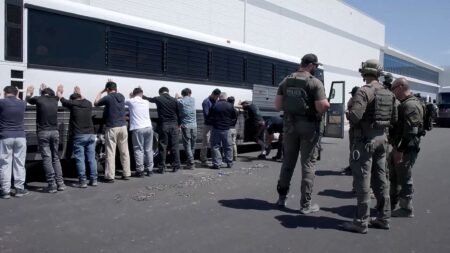South Los Angeles, often referred to as South LA, is one of the most iconic and historically significant regions of the city of Los Angeles. Once known as South Central Los Angeles, the name was officially changed in 2003 in an effort to reduce the stigma associated with crime and poverty. Despite the change, many locals still use the term “South Central” to describe the area they call home.
Geographically, South Los Angeles lies just south of Downtown LA and stretches across a large expanse of neighborhoods. It is generally bounded by the Santa Monica Freeway to the north, Imperial Highway to the south, Alameda Street to the east, and La Brea Avenue or Crenshaw Boulevard to the west. Key neighborhoods within the region include Watts, Florence-Firestone, Leimert Park, Hyde Park, Baldwin Hills, West Adams, and the historically known South Central district.
The population of South Los Angeles has shifted dramatically over the decades. During the mid-20th century, the area was predominantly African American, especially after World War II, when many Black families migrated westward in search of better opportunities. Over time, particularly in the 1980s and 1990s, South LA experienced a demographic transformation. Today, it is home to a majority Latino population, with large numbers of residents from Mexico and Central America. African Americans still form a significant portion of the community, and the area is also seeing increasing diversity from immigrants of African and Asian backgrounds.
Despite its cultural vibrancy, South Los Angeles has long been impacted by economic inequality. Residents face higher rates of poverty and unemployment compared to other parts of the city. Access to quality education, healthcare, and public services has historically been limited. Efforts to revitalize the region have gained momentum in recent years, with investments in public transportation, affordable housing, and local infrastructure. Projects like the Metro K Line, which connects South LA to LAX and other major hubs, aim to improve mobility and economic opportunities for residents.
South Los Angeles is also an area rich in educational and cultural institutions. Los Angeles Southwest College serves students from across the region, and nearby, the University of Southern California offers educational and community outreach programs. Local charter and magnet schools are working to close the achievement gap, while grassroots organizations offer tutoring, mentorship, and after-school support.
Culturally, South Los Angeles holds a central place in the city’s identity. It has been a hub of African American culture, particularly in neighborhoods like Leimert Park, known for its jazz scene, art galleries, and Black-owned businesses. Watts, home to the iconic Watts Towers, stands as a symbol of community resilience and creativity. Latino culture is equally prominent, seen in murals, music, street food, and family-focused neighborhoods. The area’s cultural diversity is one of its most defining and celebrated features.
However, challenges persist, particularly in relation to public safety and policing. South LA has been at the center of major social justice events, including the 1992 Los Angeles Riots following the Rodney King verdict. Tensions between law enforcement and residents continue, driven by concerns over racial profiling, over-policing, and use of force. Community groups and advocacy organizations are actively working to reform policing practices and promote alternatives to violence through outreach and youth programs.
Politically and socially, South Los Angeles has always been active and engaged. It has been a base for civil rights movements, housing justice campaigns, and immigrant advocacy. Activists in the region continue to fight for fair housing, environmental justice, and equitable public services. Gentrification and the risk of displacement are growing concerns, as rising property values bring new developments that threaten to push out long-time residents.
As South Los Angeles continues to evolve, its people remain deeply connected to their community’s past and committed to shaping its future. The neighborhood stands as a testament to the strength, culture, and resilience of its diverse population.







